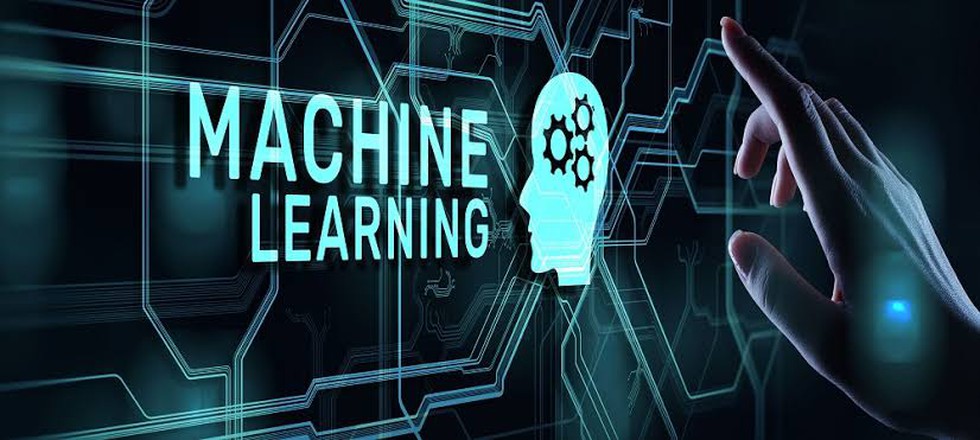About Machine Learning (ML):
- ML is a branch of Artificial Intelligence (AI) focused on building computer systems that learn from data.
- ML allows computer systems to continuously adjust and enhance themselves as they accrue more “experiences.”
- ML algorithms are trained to find relationships and patterns in data.
- Using historical data as input, these algorithms can make predictions, classify information, cluster data points, reduce dimensionality and even generate new content.
- Examples of the latter, known as generative AI, include OpenAI's ChatGPT, Anthropic's Claude and GitHub Copilot.
- Training ML algorithms often demands large amounts of high-quality data to produce accurate results.
- Applications:
- ML is widely applicable across many industries. For example, e-commerce, social media and news organizations use recommendation enginesto suggest content based on a customer's past behavior.
- In self-driving cars, ML algorithms and computer vision play a critical role in safe road navigation.
- In healthcare, ML can aid in diagnosis and suggest treatment plans.
- Other common ML use cases include fraud detection, spam filtering, malware threat detection, predictive maintenance, and business process automation.
What is Deep Learning?
- It is a method in AI that teaches computers to process data in a way that is inspired by the human brain.
- It is a subset of ML which simulates the complex decision-making power of the human brain.
- Deep learning models can recognize complex patterns in pictures, text, sounds, and other data to produce accurate insights and predictions.
- Deep learning methods are used to automate tasks that typically require human intelligence, such as describing images or transcribing a sound file into text.
